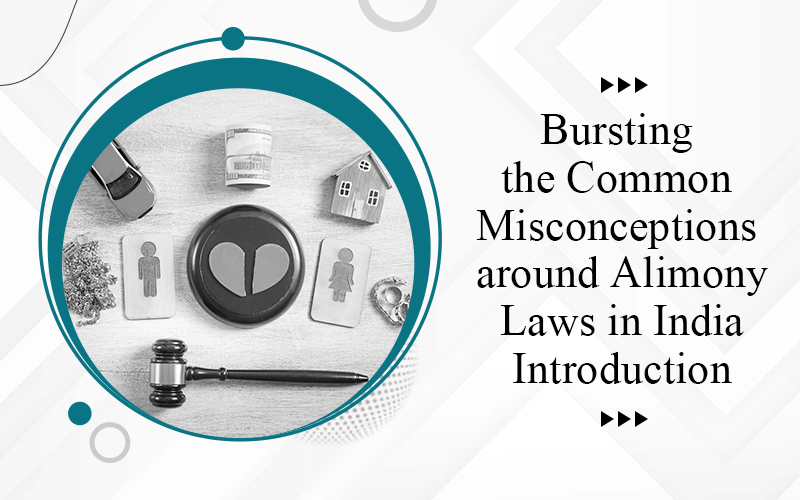Meaning of Secondary Evidence:
Under the Indian Evidence Act, secondary evidence refers to any form of evidence other than the original document itself. It is used to prove the contents of the original document when the original document is unavailable or cannot be produced in court. Secondary evidence can include various forms, such as certified Copies, copies made by Mechanical Processes, copies made from or compared with the original, oral accounts, etc. Section 63 of the Indian Evidence act enlists the types of secondary evidence, whereas Section 65 provides the cases in which secondary evidence relating to documents may be given.
Section 63 of the Indian Evidence Act, 1872
In summary, Section 63 specifies various forms of secondary evidence that may be admitted in court when the original document (primary evidence) is unavailable. These forms include:
(a) Certified copies: Copies of the original document that are certified by the appropriate authority as true and accurate reproductions.
(b) Copies made by mechanical processes: Copies produced through mechanical means, such as photocopies, electronic scans, or similar processes that inherently ensure the accuracy of the copy. Copies that are compared with such mechanically produced copies are also considered secondary evidence.
(c) Copies made from or compared with the original: Copies of the document made by hand or other means, which may include handwritten copies or copies compared to the original document.
(d) Counterparts of documents: Copies or duplicates of documents that have been executed or signed by parties who are not being questioned or disputed.
(e) Oral accounts: Testimony or statements given by individuals who have personally seen the contents of the original document.
Section 65 of the Indian Evidence Act, 1872
This section enumerates the cases in which secondary evidence relating to documents may be given:
- When the original is shown or appears to be in the possession or power of the person against whom the document is sought to be proved.
- when the existence, condition or contents of the original have been proved to be admitted in writing by the person against whom it is proved or by his representative in interest;
- when the original has been destroyed or lost
- when the original is of such a nature as not to be easily movable;
- when the original is a public document within the meaning of section 74;
- when the original is a document of which a certified copy is permitted by this Act
- when the originals consist of numerous accounts or other documents which cannot conveniently be examined in Court, and the fact to be proved is the general result of the whole collection.
Landmark cases on secondary evidence
- State of Punjab v. Karnail Singh (2003): In this case, the Supreme Court of India held that the absence of a public document from its proper custody, as required under Section 65, raises a presumption of tampering and affects the admissibility and evidentiary value of the secondary evidence.
- Ram Singh v. Col. Ram Singh (2012): The Delhi High Court in this case emphasized that Section 65 permits the admission of secondary evidence only if the original document is shown to be lost, destroyed, or in the possession of the adverse party who refuses to produce it despite notice.
- Pramatha Nath Talukdar v. Saroj Ranjan Sarkar (2007): The Calcutta High Court held that the admissibility of secondary evidence under Section 65 requires strict compliance with the conditions mentioned in the provision, and the party seeking to rely on secondary evidence must establish the non-availability of the original document.
- Kalyani v. Janak C. Mehta (2009): The Supreme Court of India held that the admissibility of secondary evidence is subject to the conditions prescribed under the Indian Evidence Act. The court emphasized that the party seeking to introduce secondary evidence must establish the non-availability of the original document.
- State (NCT of Delhi) v. Navjot Sandhu (2005): In this case, the Supreme Court clarified that secondary evidence can be admitted only when the original document is either destroyed or lost, and reasonable efforts have been made to obtain the original. The court emphasized the importance of following the statutory requirements for admitting secondary evidence.
- Iqbal Singh Marwah v. Meenakshi Marwah (2005): The Supreme Court held that secondary evidence is admissible only when the original document is either in the possession of the adverse party and not produced despite notice or when it is in the power of a person beyond the reach of the court. The court highlighted that the party seeking to introduce secondary evidence must prove the existence and non-availability of the original document.
Conclusion:
It is important to note that Section 65 also stipulates that secondary evidence of a document cannot be admitted unless the conditions mentioned in the section have been complied with. The court must be satisfied that the proper groundwork has been laid for the admissibility of secondary evidence. In determining the admissibility and weight given to secondary evidence, the court evaluates factors such as the authenticity, reliability, and circumstances surrounding the unavailability of the original document, and consider any objections raised by the opposing party.





4 Responses
Plaintiff submitted certified copy in civil suit no mention of Original Sale deed in plaint after getting notice from defendent to produce original he says lost it while getting to court
Secondary evidence accepted
Latest judgement of SC or MP High court
द्वितीयक साक्ष्य प्रस्तुत करने पर सुप्रीम कोर्ट या मध्य प्रदेश हाइकोर्ट के ताज़ा फैसले